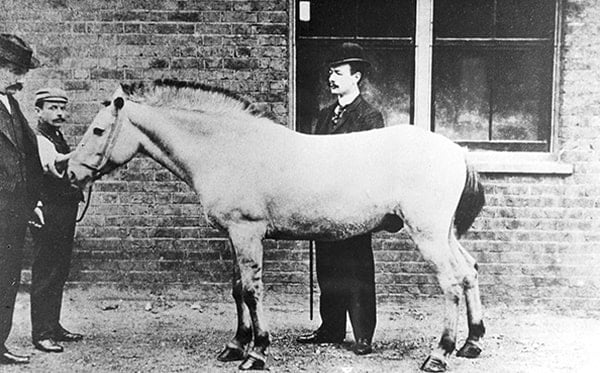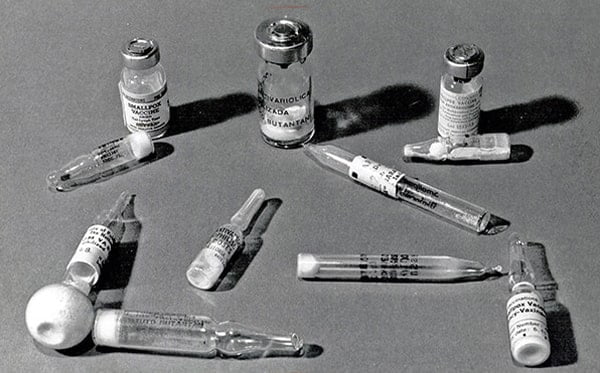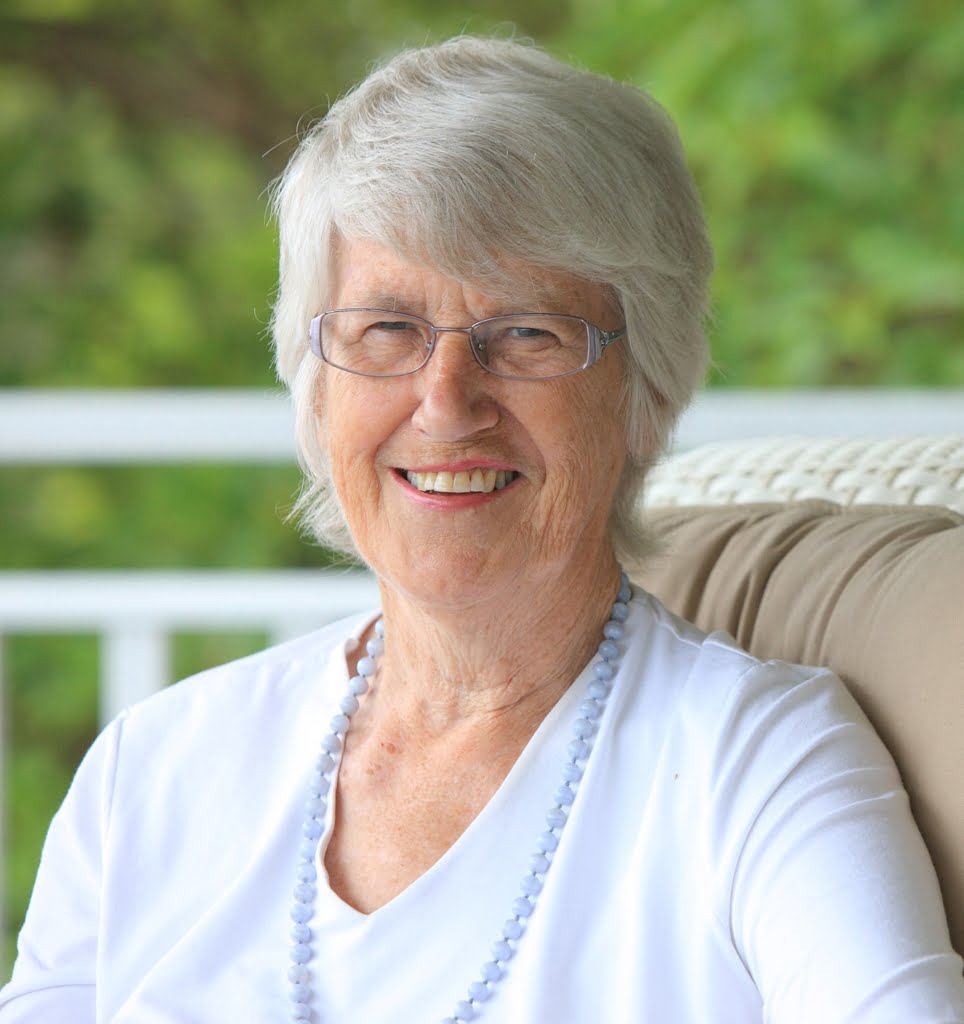Our History
The Institute was originally established in 1891 as The British Institute of Preventive Medicine, before being changed in 1898 to the Jenner Institute of Preventive Medicine and then subsequently, the Lister Institute of Preventive Medicine. Our name today is in honour of the illustrious surgeon and pioneer of medical research, Joseph Lister, one of our founders.

The early years
The Institute was originally established with two primary aims to undertake fundamental scientific research into the causes, prevention and treatment of disease in man and animals, and to prepare and supply special protective and curative materials such as vaccines and antitoxins. Until 1914 The Lister Institute was the only organisation of its kind in the country and was ranked internationally with the Pasteur Institute in Paris and the Rockefeller Institute in New York.
Initial funding came from a variety of sources including philanthropic donations from individuals and trusts, as well as the provision of a site on the Chelsea Embankment by the Duke of Westminster. A major donation was also made by the Earl of Iveagh, head of the Guinness family, which enabled the Institute to develop operations, and underlies our long-standing close association with the Guinness family.
The Lister Institute’s archive is held at Wellcome Collection. The library at Wellcome Collection is free and open to anyone to join. The Lister Institute archive is mostly catalogued, and the catalogue can be searched using the reference SA/LIS. More recent additions to the Lister Institute archive may not yet be fully catalogued. For further information about accessing the archive, please contact Wellcome Collection at collections@wellcomecollection.org

Breaking through
The Institute achieved worldwide renown for its work in microbiology, bacteriology, virology and protozoology. Invaluable research was carried out on viruses and genes, blood and disinfections as well as vitamins and nutrition. This cutting edge work made the Institute central in leading the fight against diseases such as smallpox, typhoid and diphtheria in the 19th century, and cancer, rheumatism and nutritional disorders in the 20th century.
The Institute also became one of the cradles of biochemistry and biophysics in Britain with studies on the metabolism of carbohydrates, enzymology and fats, and on molecular structures. In addition, Lister researchers and Fellows have carried out notable work on the physiology of diving, the lethal effect of ultraviolet light on bacteria, the metabolism of fats and the role of vitamins in nutrition (the term vitamin was coined at the Institute).
The discovery of co-enzymes by Arthur Harden and his colleagues won him a share of a Nobel Prize, and the Director, Charles Martin, made outstanding contributions to the study of plague and its transmission.
In 1905, the Lister Institute also became a School of the University of London.
Download our Concise History PDF

Contributing during two World Wars
The Lister Institute played a significant role in the treatment of the wounded during World War One through the production of tetanus antiserum, and was also responsible for identifying the bacteria causing gas gangrene. When the fighting ended, Lister researchers played a major part in defining the role of vitamins in the nutritional deficiency diseases that were widespread in Europe and elsewhere.
During the Second World War the Lister Institute contributed through the production of antisera and vaccines, and the provision of expertise in the field of nutrition.
It was not until the post-war period and the appointment in 1952 of Ashley Miles as Director that the Institute settled into the pattern that was maintained for the next quarter-century. During this period, the Institute continued to make important contributions to biomedical science through research into biochemistry, blood and blood products, microbiology, vaccines and antitoxins.

A change of course
Financial pressures unfortunately forced the closure of the Chelsea laboratories in 1975 and Elstree in 1978. The sale of the Chelsea Institute and the Elstree farm together with a stock of products, resulted in a capital sum of £5.4m which was invested by the Institute’s management, and over the years has grown to form the fund from which all our awards have been financed.
The decision was taken that the next phase of the Institute’s contribution to medical research should be through the awarding of grants. The Institute created a fellowship scheme to support post-doctoral scientists, with a good research record, who were poised to consolidate and expand a line of work that showed significant promise and potential.
A key element of the fellowship scheme was that it should provide the individuals with personal support for five years (although they remained an employee of their host institution), allowing them to concentrate exclusively on their research. This form of funding scheme was almost unique when launched in 1982; it proved highly popular, and the quality and subsequent achievements of the initial Fellows sets a high standard which has been replicated year on year.
The scheme ran for 25 years during which time 96 Fellowships were formally awarded. The fellowship scheme produced excellent results; over 60% of former Fellows have held Chairs, many lead internationally-renowned research teams in academia and industry, others have headed national research bodies, oversee prestigious UK universities and received some of the most acclaimed international awards. Find out more by viewing details on our former Fellows.

The Queen’s award for Technological Achievement
In 1984 a highly significant discovery was made by Sir Alec Jeffreys , one of the first Lister Fellows, when he discovered that no two people, (other than identical twins) had the same DNA fingerprint.
The development and significance of this finding made medical history and Sir Alec is recognised as the inventor of genetic fingerprinting, and the father of DNA profiling. Sir Alec’s DNA testing method was patented and developed with ICI, both at their Cellmark laboratories at Abingdon and an ICI unit in Maryland, USA. A share of the significant royalties flowed to the Lister Institute, and in 1990 we were honoured to receive, jointly with ICI, the Queens award for Technological Achievement

A new funding direction
In 2002 a major down-turn in the stock market and emerging competition from a variety of other bodies forced the closure of the existing funding scheme for new applicants. The Lister Institute again had to identify a funding niche where its limited funds could make a real difference, and, with the perceptive guidance of then Chairman, Dame Bridget Ogilvie, the current Prize Fellowship scheme was developed.
In an environment where research grants were becoming increasingly prescriptive the Lister Institute developed a scheme that is unique in how recipients are given a much greater level of freedom over where their funding is spent. The only primary constraints applied are that the funding cannot be used for the recipient’s personal salary, though it may be used to buy them out of teaching, clinical or academic duties if required (for more detail, view the eligibility criteria here).
The awards are very competitive, attracting a large number of high-quality applicants each. The value is now £300,000 per recipient with around 6 awards being granted annually.
Further information on the Prize Fellowship scheme and successful prize Fellows are available on the site.
